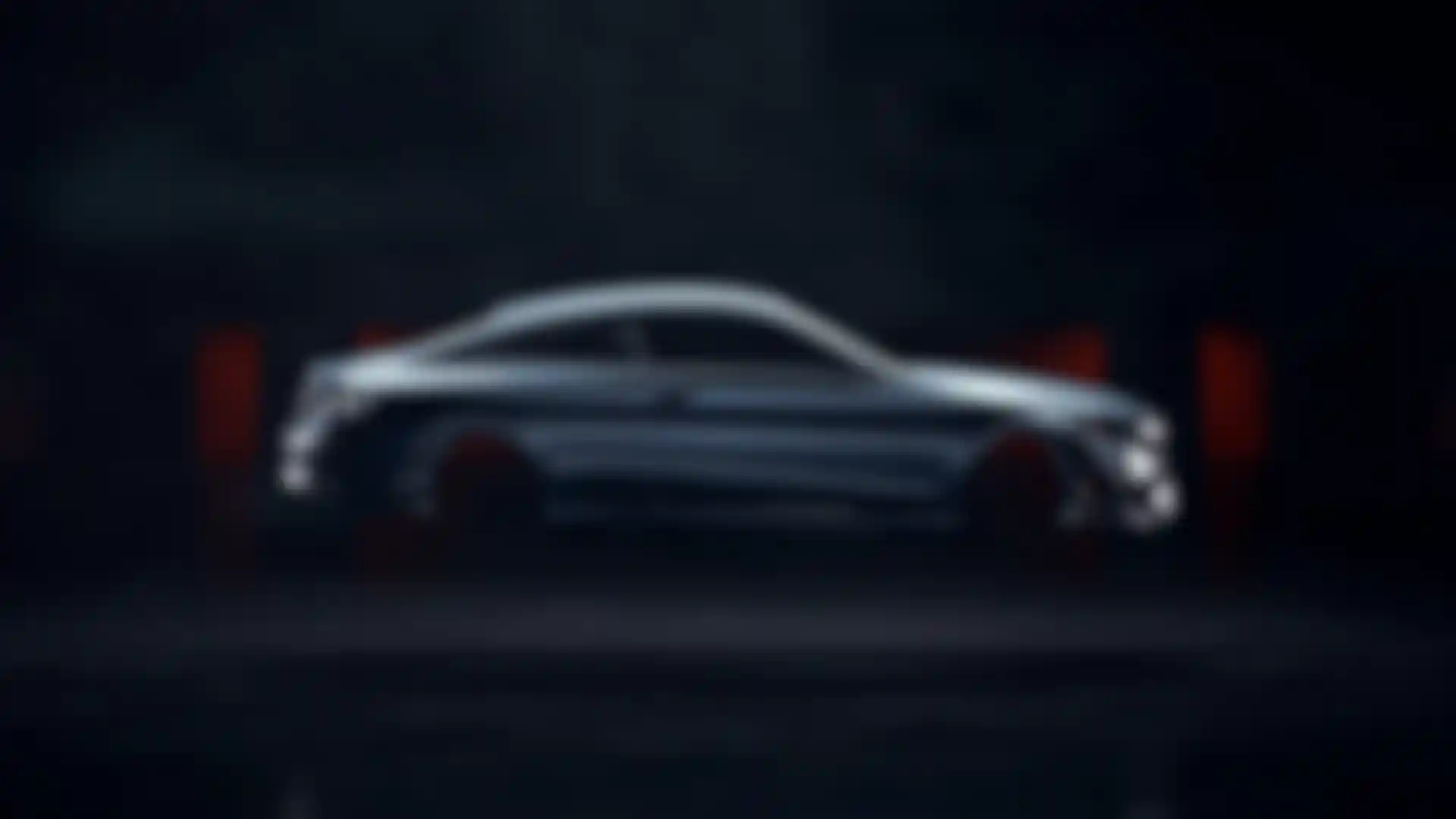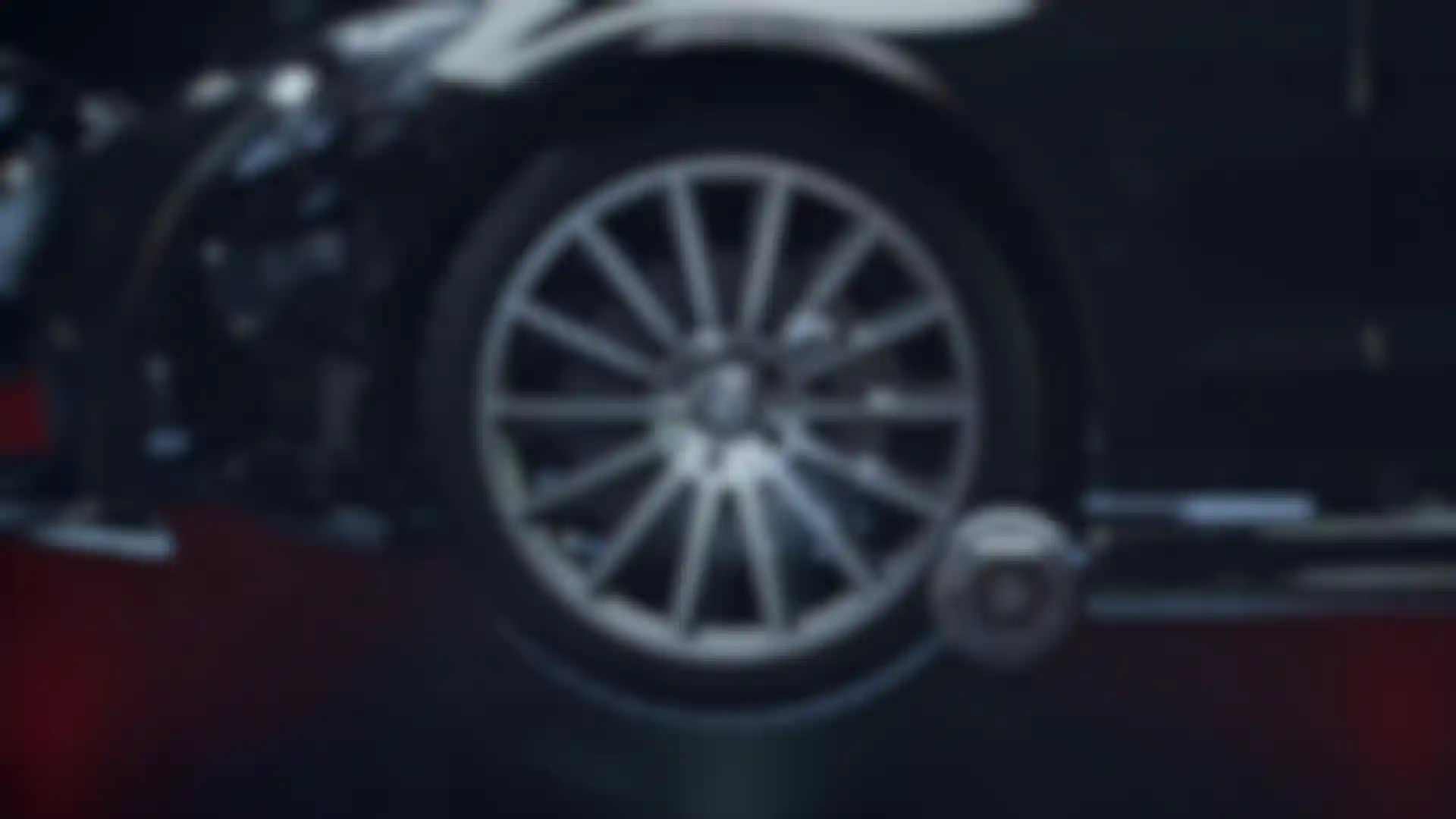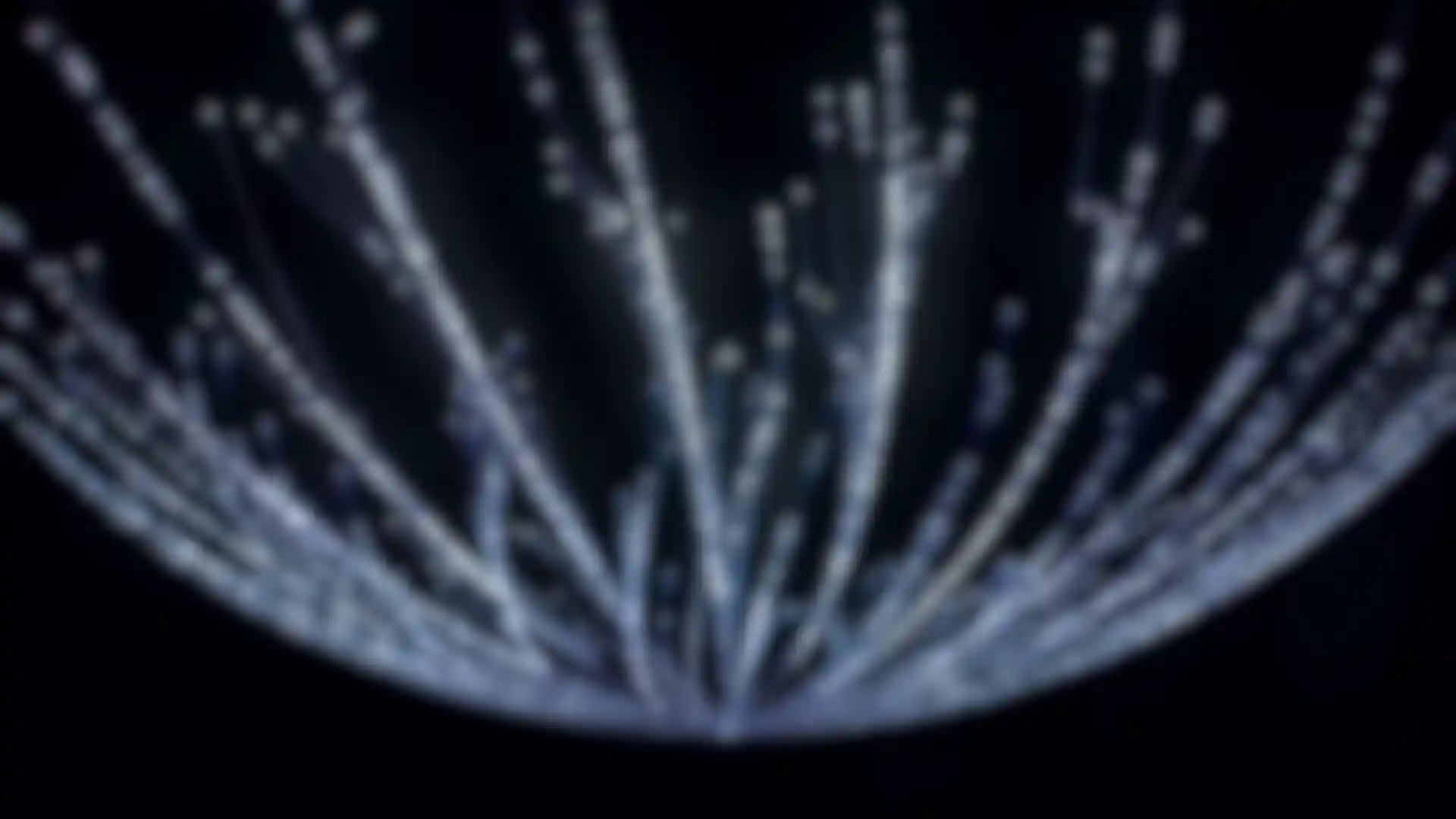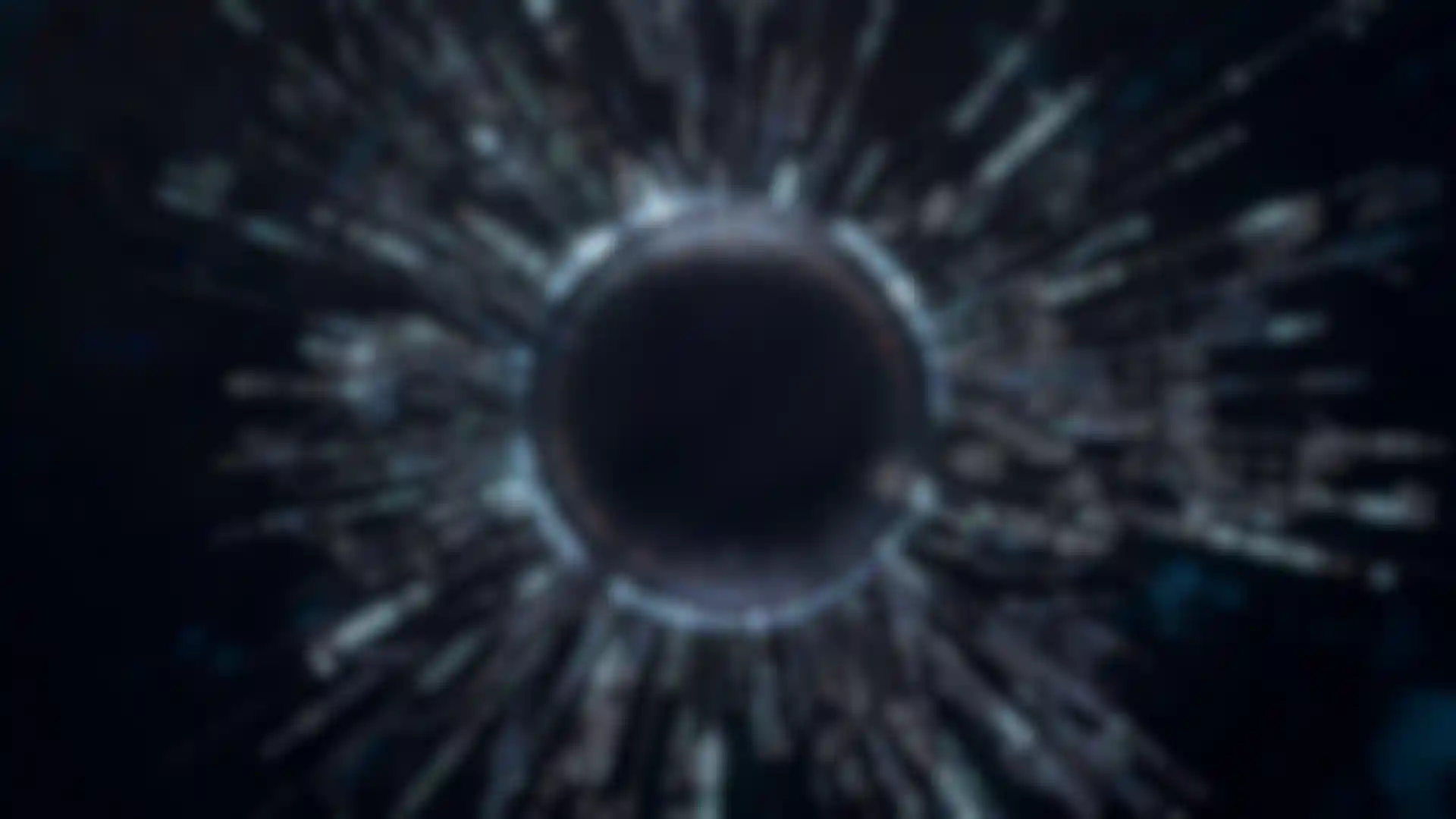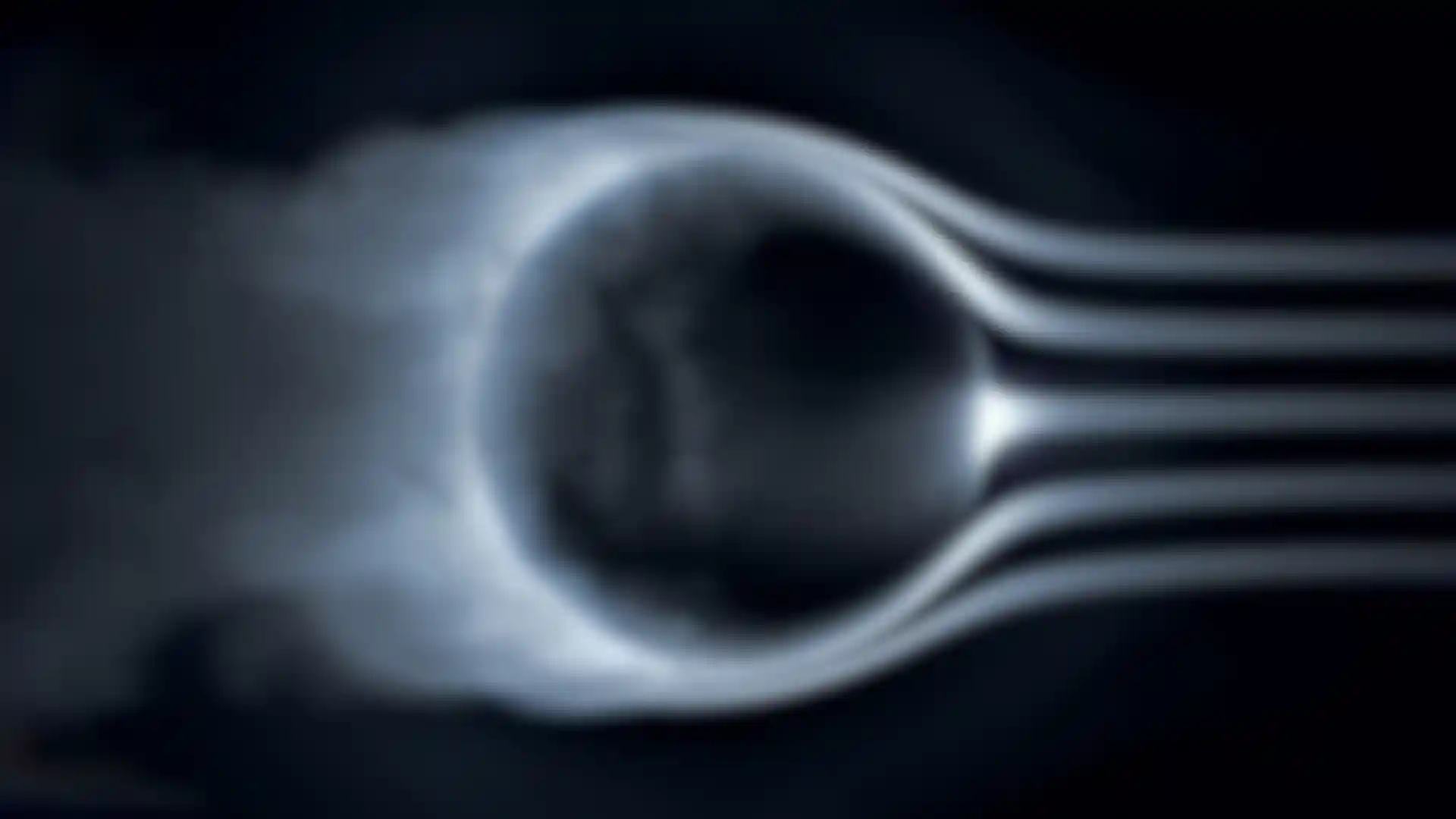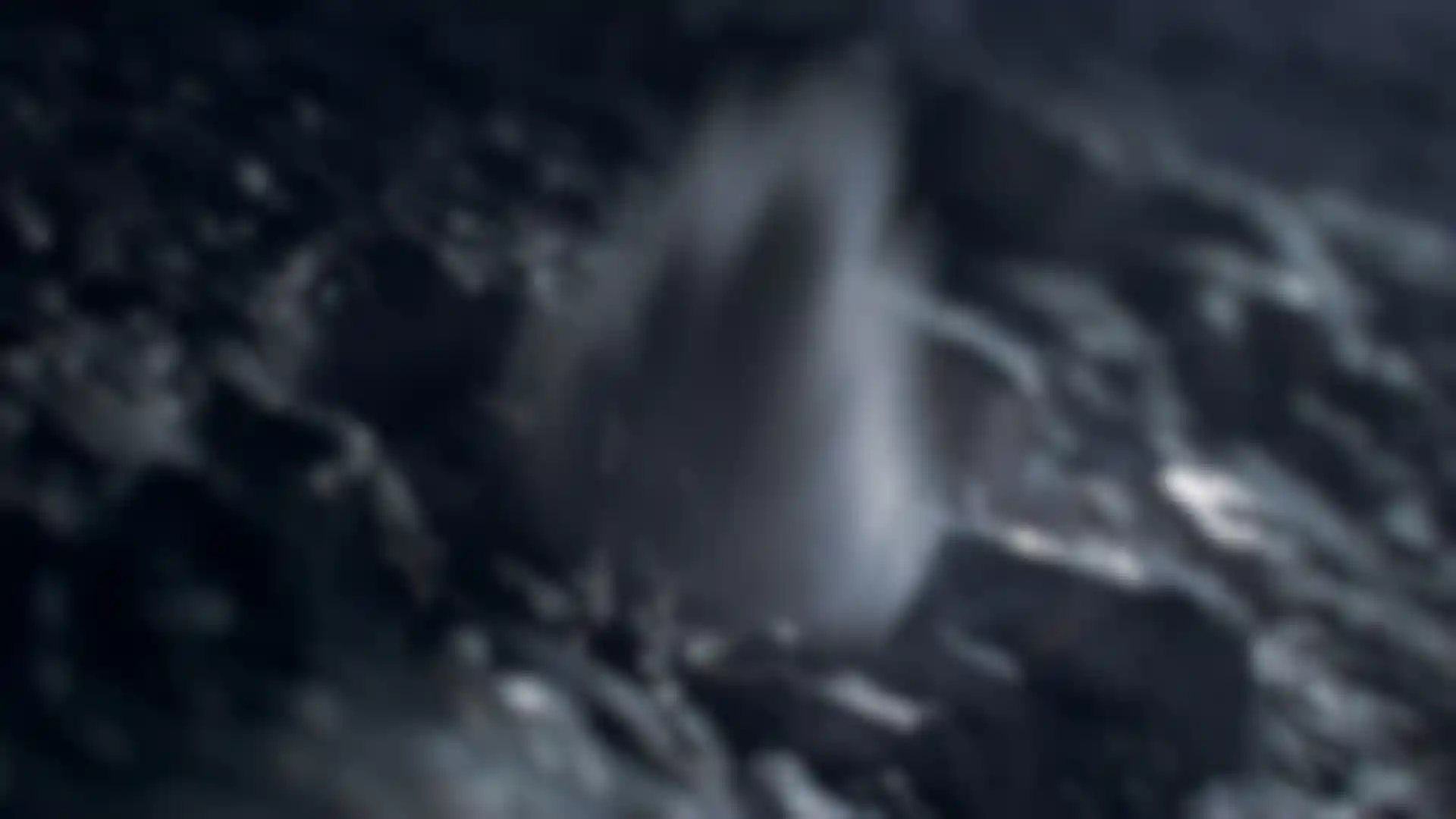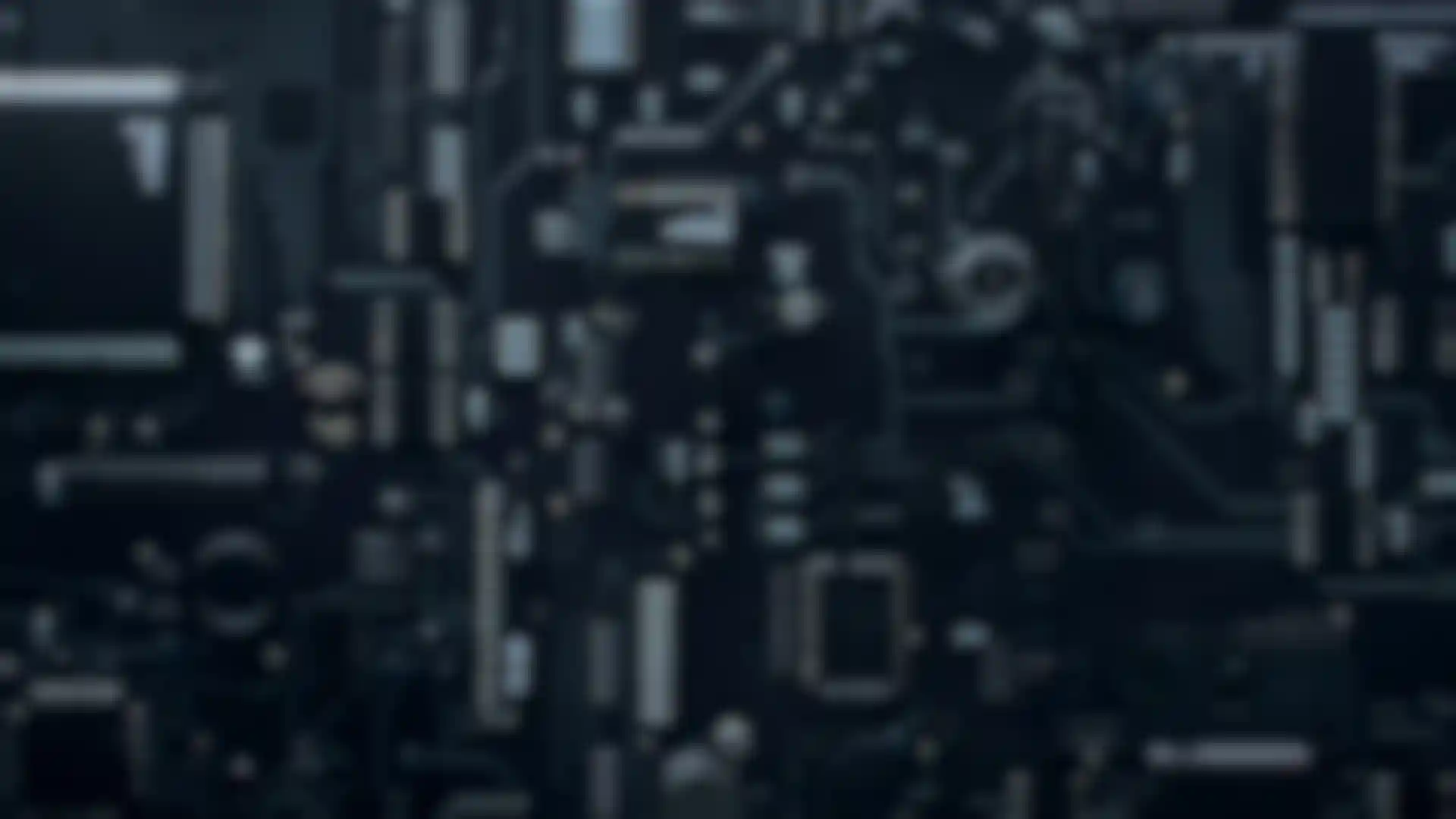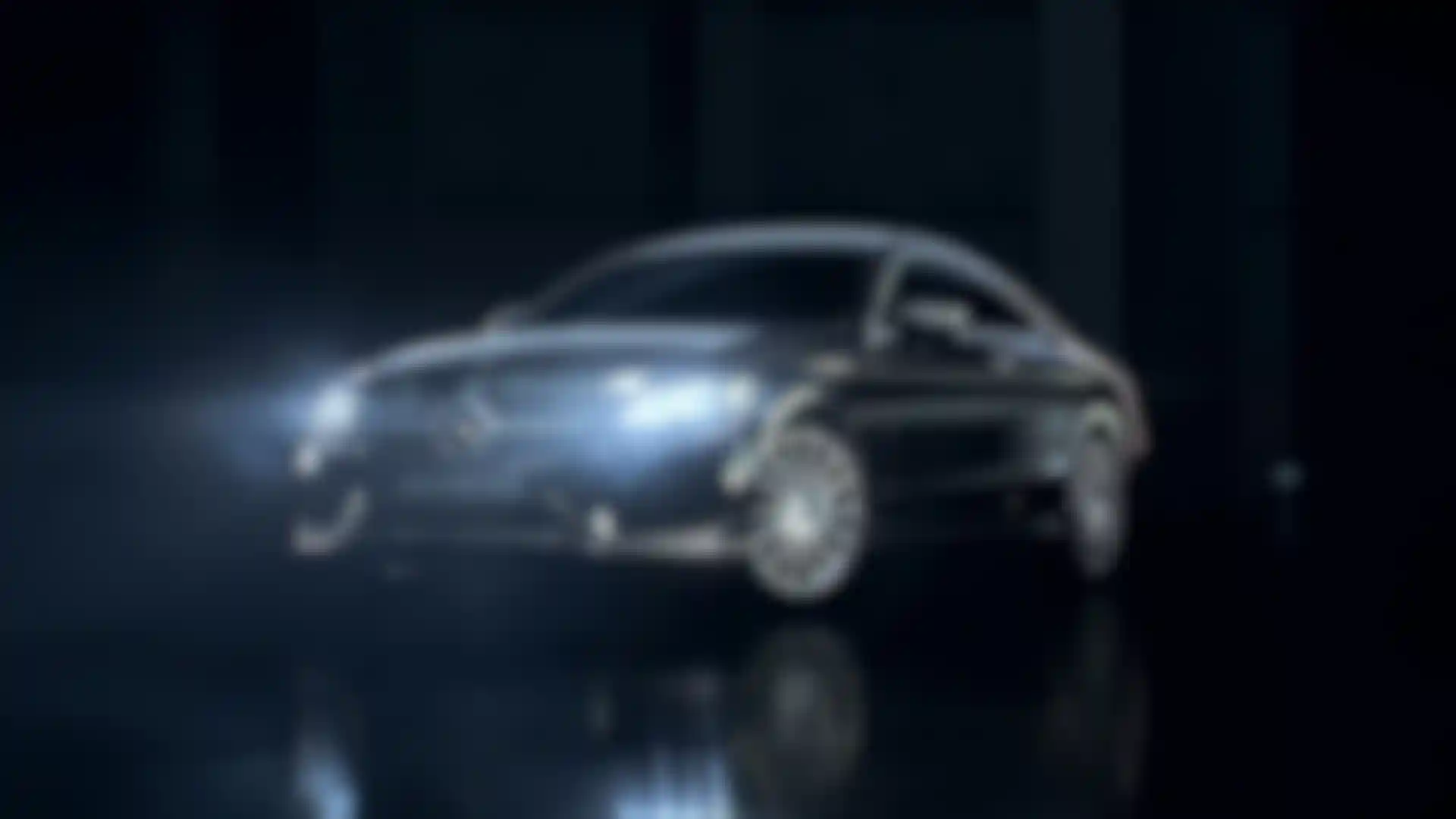
Visualizing Mercedes Benz Brand Values Panoply employs a combination of Cinema 4D, Arnold and Houdini to successfully evoke the brand values of Mercedes Benz.
To showcase the production of the latest Mercedes-Benz cars, RAID Films and Atelier Markgraph approached Panoply - a design and motion studio based in London. The brief was to produce the first installment in a series of films representing five brand values: safety, perfection, quality, precision and awakening. The film will be shown daily at three major Mercedes-Benz Visitors Centers for the next two years.
The four-person team at Panoply had three months to generate the film, which employs a mixture of photoreal renders of elements of the car combined with a mixture of abstract imagery to express the themes of the brief. The version seen here is the 'Director's Cut' - a shorter version of the piece that includes abstract imagery that didn't make it into the final edit.
One of the team's biggest challenges was handling the massive data sets of the automotive CAD data. The models are incredibly detailed as they are used by machines for manufacturing the cars. But while this detail is very impressive, the models aren't optimized for visualization purposes in 3D animation applications like Cinema 4D.
"I think the most memorable thing from the production of this project was near the beginning when we received the CAD models for the Mercedes-Benz car," says Mark Lindner, director at Panoply. "We opened the raw triangulated meshes and were amazed at the amount of detail we had to work with but also quite worried when we thought about the amount of cleanup that would be required in order to make use of them. Luckily we didn't have to sort every single mesh we were sent. It was a case of composing our shots how we wanted them after which, once we had the shot signed off, we would go in and retopologize only the mesh that was visible."
Cinema 4D's Polygon Pen tool was vital during the retopology phase, acknowledges Lindner. "It allowed us to quickly and painlessly reduce the super-high-density CAD models down to a fraction of their polygon count without losing any detail."
To facilitate this workflow, the team also relied on Cinema 4D's XRefs, enabling them to animate using low-res proxy models and then swap in denser versions at render time. "Due to the sheer number of polygons in the high-resolution versions we didn't retopologize everything from the beginning. We used placeholder meshes in order to do our animations then once we had a locked shot we would then only retopologize the mesh that would be visible in the frame."
To achieve the render look the studio was after, Panoply turned to the physically-based renderer, Arnold. "We've been using Arnold for over two years now," says Lindner. "We first used it with Houdini before it came to Cinema 4D. However, we've mostly been using it with Cinema 4D for the last 18 months. The level of support has been key in keeping us using the render engine. That, coupled with the incredible number of data-heavy scenes you can throw at it without it even flinching, has been vital to our workflow here."
The Mercedes-Benz film opens with a moody industrial setting, which was built and rendered in 3D. "From this environment we created a high-resolution HDRI render using the spherical camera in Arnold," explains Lindner. "This then served as our HDRI for a lot of the other shots through the sequence. Additional lights in each shot were created using area lights with high-resolution soft box textures to give them an uneven look."
There then follows a montage of abstract sequences, aimed at encapsulating the brand values outlined above. The metallic atom array mesh was achieved using dynamics to create a crumpled version of the structure. The team then blended between the point positions on this version and the uncrumpled original using the Pose Morph tag and a Plain Effector. A slight mesh wobble was added using Cinema 4D's Jiggle Deformer. "Using the Pose Morph tag in combination with the Pose Deformer and MoGraph effectors allows for an amazing level of customization of effects," adds Lindner.
An array of realistic-looking laser beams are simply spotlights with high intensity and narrow angle of influence. They were then rendered using Arnold's atmospheric scattering to give the team the visual effect they were after.

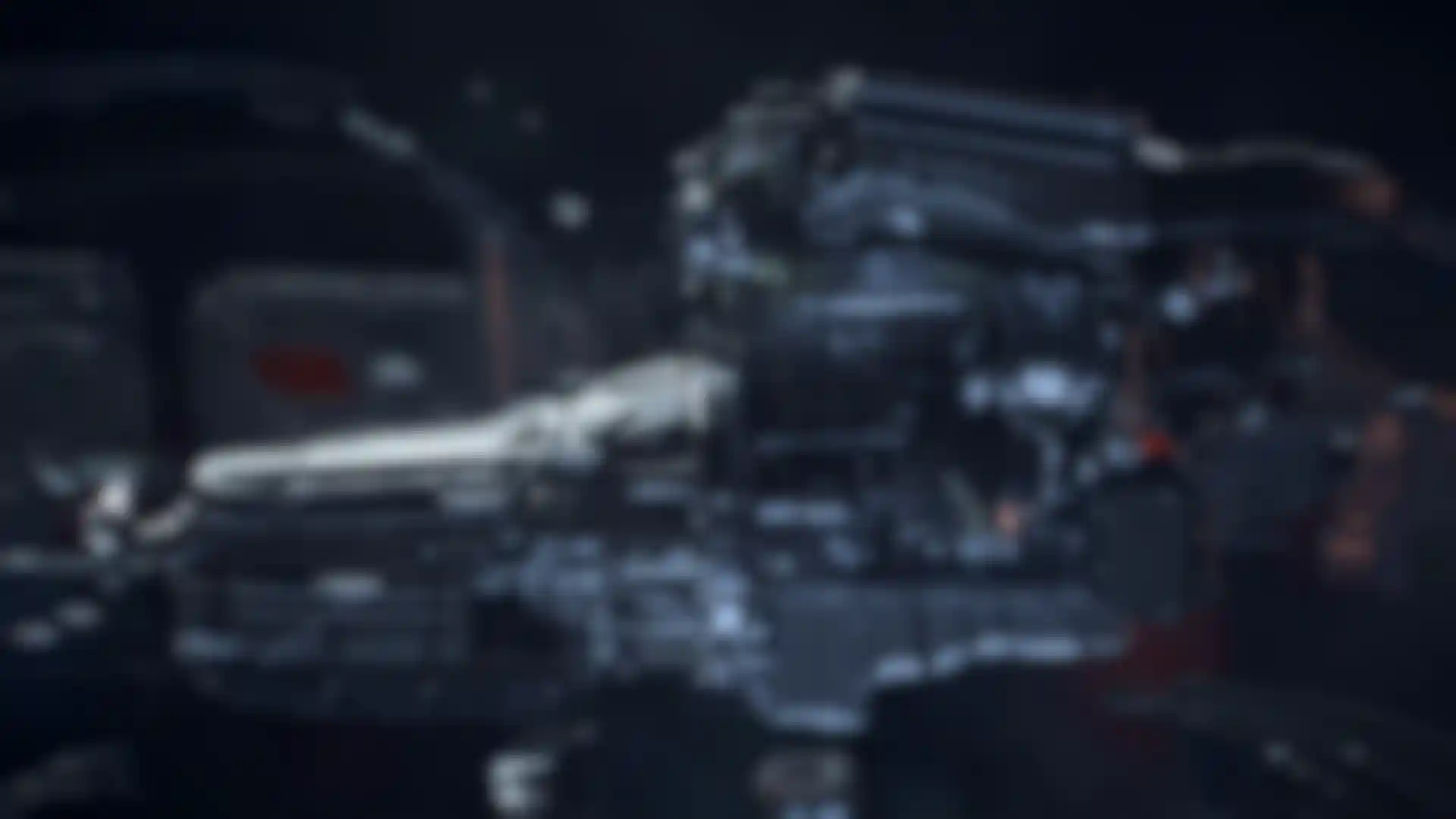
For the more abstract simulations, Panoply turned to SideFX Houdini. "Houdini was used quite extensively during this project," states Lindner, "while all of the rendering was done within Cinema 4D. This meant that we'd need to transfer everything between the programs using heavy Alembic files. All of the abstract animations, particles, ball bearing sorting and liquids were done in Houdini."
The first such example is the wind tunnel smoke trails that swirl around an invisible sphere. "This was created using a line of smoke emitters with a velocity field pushing the volume in one direction. With all turbulence and displacements turned off for the smoke it was a simple case of just putting our collision sphere in place and then making it invisible to the camera at render time."
After some sumptuous shots of car bodywork being fitted together there's a brief sequence showing material being dissolved away. "This was created using a high-resolution displacement texture," explains Lindner, "which was then blended to an alternative shader using the mix node in Arnold. The additional particles floating upwards were created in Houdini, then brought back into Cinema 4D as an Alembic point cloud for rendering."
A brief segment of rippling fluids was also created in Houdini using its FLIP Solver and VDB skinning. A sequence of fluid meshes was generated, which were then loaded into Cinema 4D as a VDB sequence for rendering. Houdini was also responsible for the collection of metal spheres that coalesce into a neat Fibonacci spiral.
When the car's Start button is pressed, it ignites a TRON-style data network, representing the electronic brains of the vehicle. These were created in Houdini using geometry: "We created a procedural system into which we could input any mesh and then generate the line animations. This was made to be highly controllable so we avoided using any dynamics - it allowed us to accurately move hundreds of lines exactly where we wanted them in synchronization."
For final output, Panoply averaged around ten render passes for each multi-layered EXR frame, with the standard Diffuse (direct/indirect), Specular (direct/indirect), Refraction and SSS (if necessary), plus occasional object buffers where appropriate. Additional particle effects, lens flares and subtle visual effects were added during compositing, which was achieved using Blackmagic Design Fusion. Color grading was then accomplished using Blackmagic Design DaVinci Resolve.
The quality of the end result is a testament to the ease with which the differing strengths of Cinema 4D, Arnold and Houdini could be combined into a powerful toolset. "Cinema 4D's openness in regards to working flawlessly with Arnold and Houdini was invaluable to our workflow," declares Lindner.
All images courtesy of Panoply.
Panoply Website:
www.panoply.co.uk
